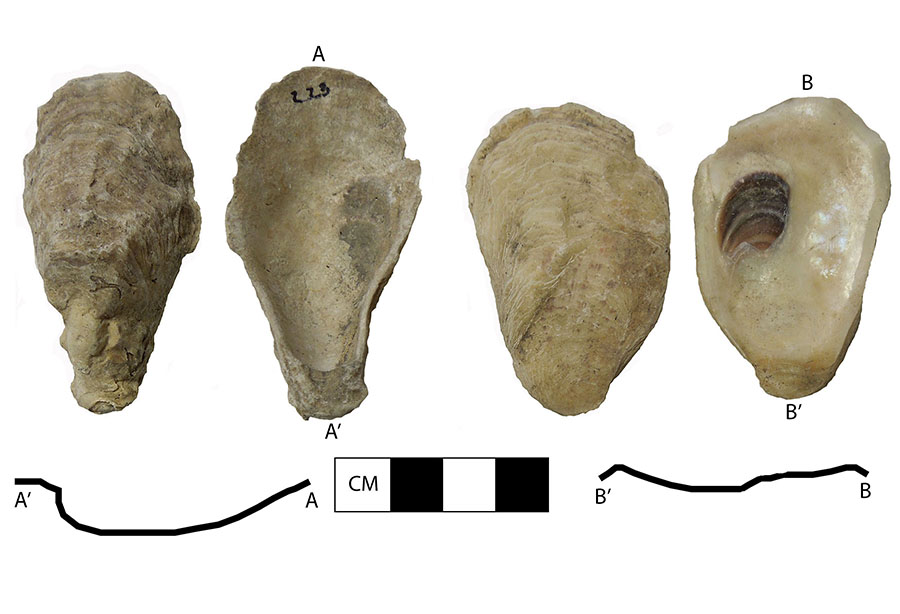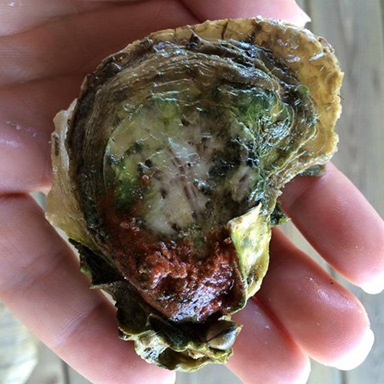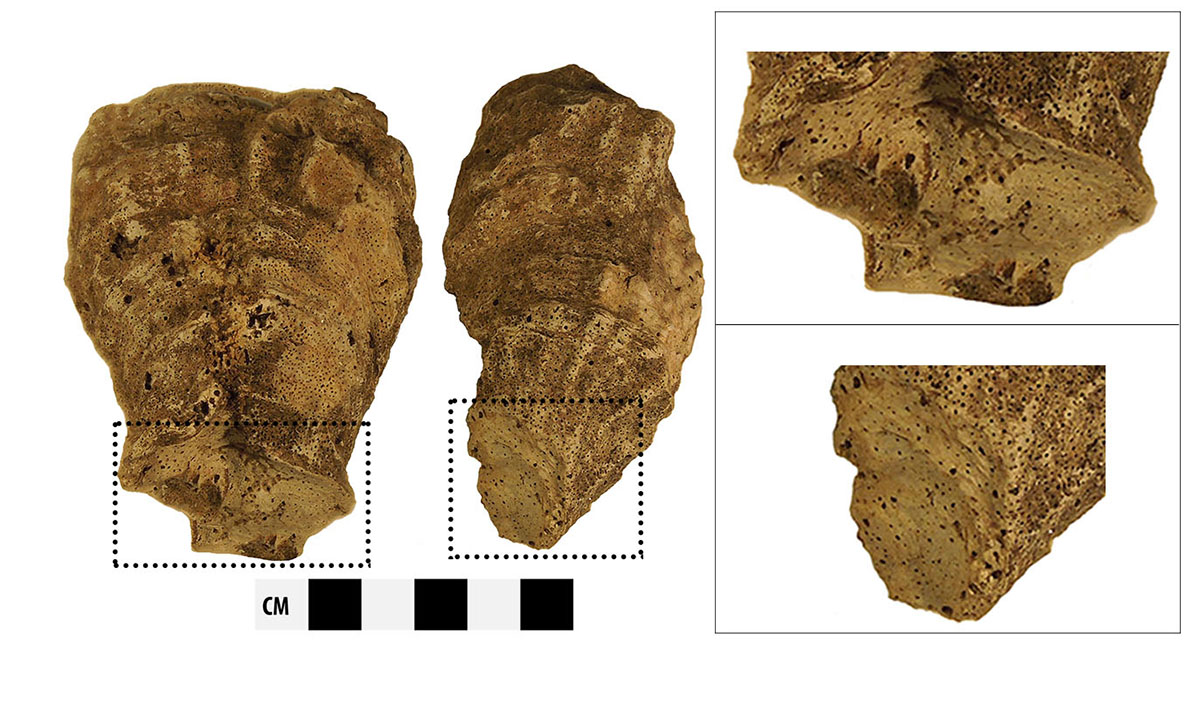
As of 2011, oyster reefs had declined 85% from historic levels worldwide. The primary reasons for the steady 70-year decline include overfishing and habitat loss. In the “Big Bend” region of Florida’s Gulf Coast, multiple off-shore reefs have collapsed, and in Cedar Key, which was once the world’s leading exporter of oysters to Cuba, local people are left with a fraction of what were once prolific bars and reefs. Many coastal communities on Florida’s Gulf Coast that have relied on harvesting oysters for their livelihood have had to find ways to manipulate the resource to sustain their livelihood. The management of oyster reefs, or “oyster mariculture” today includes conservation of available shell stock for replanting as cultch, protection of spat through cull laws, seasonal closures or the protection of productive areas, and restrictions on harvesting gear.

Intensive oyster harvesting has a deep history in the Lower Suwannee region. Shell Mound, for instance, was constructed from approximately 1.2 billion oyster shells over less than three centuries (ca. 400-650 CE). If all of these shells were from daily consumption of a resident population of 100 people, each person would have to eat 131.5 oysters a day. As this is possible but unlikely, it is more feasible that the remains of the oysters accumulated not only from daily consumption but also from large feasting events where people from the greater region gathered at Shell Mound. For my master’s research, I investigated if oyster maricultural practices, similar to those today, were implemented in order to sustain such intensive harvesting.
Archaeological evidence for ancient aquaculture and mariculture exists worldwide, oftentimes in the form of intact infrastructure, such the clam gardens of the Northwest Coast and the fish ponds of Native Hawaii. Detecting mariculture in the absence of such infrastructure is more challenging, as possible evidence for these practices resides exclusively within the shell itself.

Because of this, I relied heavily on biological and ecological literature concerning oysters, as well as the knowledge of oyster experts at the University of Florida, to determine what the outcome of mariculture would look like on archaeological oyster shell. A total of about 10,000 oysters from archaeological sites in the Lower Suwannee have been analyzed so far for these proxies. Analysis of 3,252 oyster shells from a single test unit at Shell Mound revealed statistically significant patterning that led to the hypothesis that two forms of mariculture were being practiced by the inhabitants of Shell Mound: shelling and culling. Oyster shell from other sites in the study area lack evidence of mariculture, suggesting that reefs were being managed only during the time of intensive harvesting associated with large-scale gatherings at Shell Mound.

Shelling refers to the practice of returning oyster shells to extant reefs to act as cultch for baby oysters, or spat, to attach. Culling refers to breaking apart oyster burrs and returning small, young oysters back to the reefs to continue to grow and live through reproductive cycles. Proxies for shelling were drawn from the disparity of right (flat) to left (cupped) valves deposited at the mound; because there are significantly more left oyster valves compared to right oyster valves, it was inferred that right valves were returned to the reefs as cultch and left valves were used as construction material to build the mound.

Culling was inferred from a high percentage of parasitic sponge bore holes on attachment scars, which are possible only if oysters was separated from the burr and returned to the water, where they were vulnerable to parasitic attack.
While both maricultural techniques are used in Florida today in the form of shell recycling programs (shelling) and laws that prevent oystermen from harvesting oysters smaller than three inches (culling), it is likely that people were doing the very same things thousands of years before to sustain potentially vulnerable reefs.
Jessica A. Jenkins
July 2020